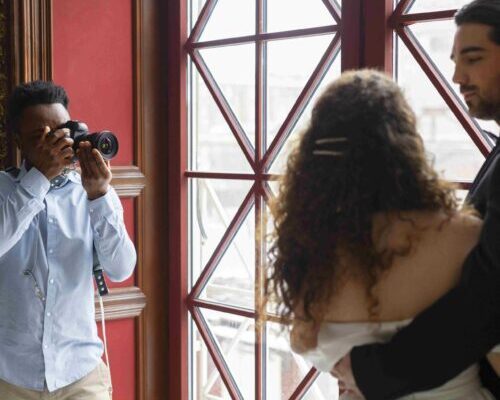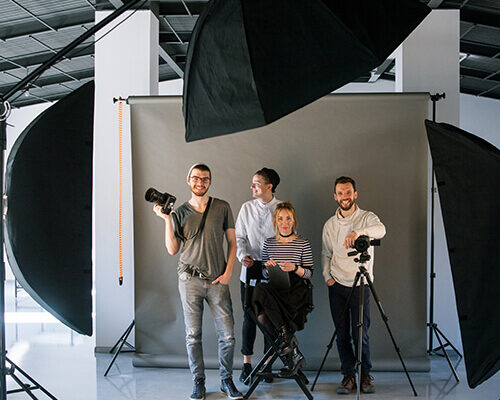Wedding photography is a special and exciting field. It needs a mix of technical skills…
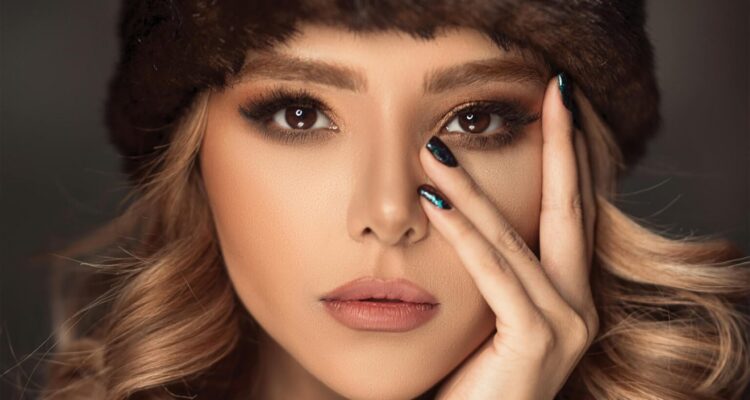
Ultimate Guide to Portrait Photography
Are you looking to take your photography skills to the next level? Portrait photography is a type of photography that many people like. It can be hard because you need to be good at technology and understand people’s feelings and personalities.
In this guide, we’ll dive deeper into everything you need to know to create stunning portraits.
What is Portrait Photography?
Portrait photography is taking pictures of people or a person to show who they are. It’s all about their personality and what makes them unique. This type of photography is often done in a studio or outside with natural light.
Portrait photography is a powerful way to capture the essence of a person. It allows us to freeze a moment in time and immortalize someone’s unique qualities. Portraits can make you feel things and tell a story, which makes them a useful way to communicate visually.
The Different Styles of Portrait Photography
Portrait photography has several styles, including traditional, candid, environmental, and conceptual. Each style has its approach. Traditional portraits often feature posed subjects looking at the camera, while candid captures more spontaneous moments.
Environmental portraits show the subject with their surroundings, while conceptual portraits tell a story or idea.
The Impact of Portrait Photography on Culture
Portraits show how society and culture change. These show us how people dressed, lived, and acted in the past. They tell us about fashion, lifestyle, and customs from different times. Influential portrait photographers often use their work to make statements or challenge traditional notions of beauty and identity.
Equipment for Portrait Photography
Portrait photography can be done with many types of cameras, like smartphones or fancy DSLRs. But, you need some important equipment to get the best results.
Camera
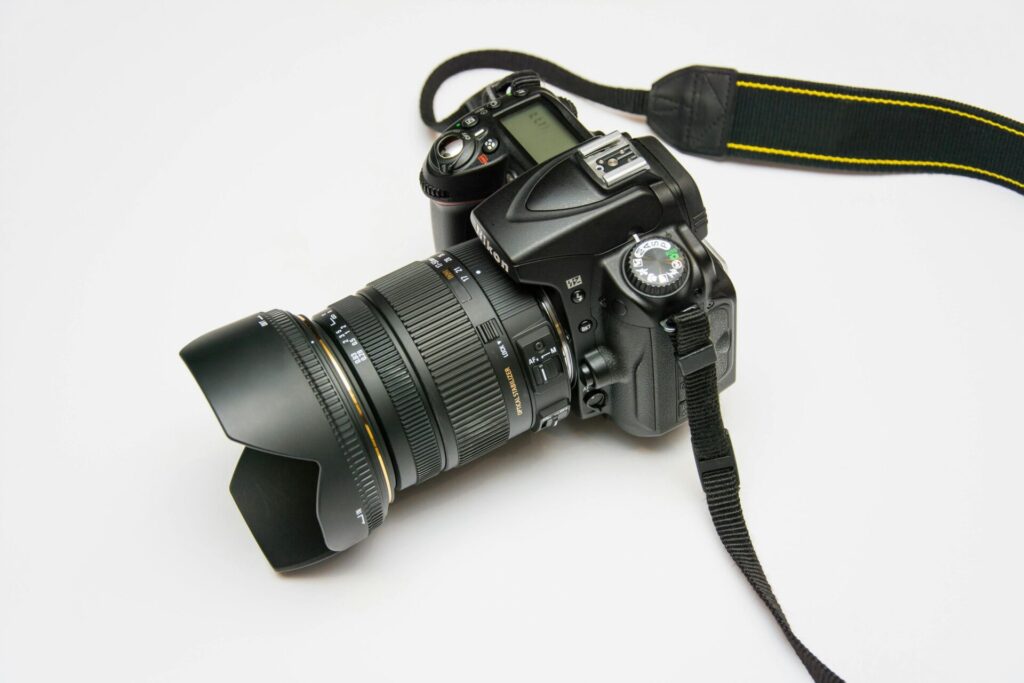
The most crucial piece of equipment for portrait photography is, of course, a camera. A DSLR or mirrorless camera will give you the most control over settings and produce high-quality images. However, if you’re just starting, a smartphone camera can also work well.
Lens
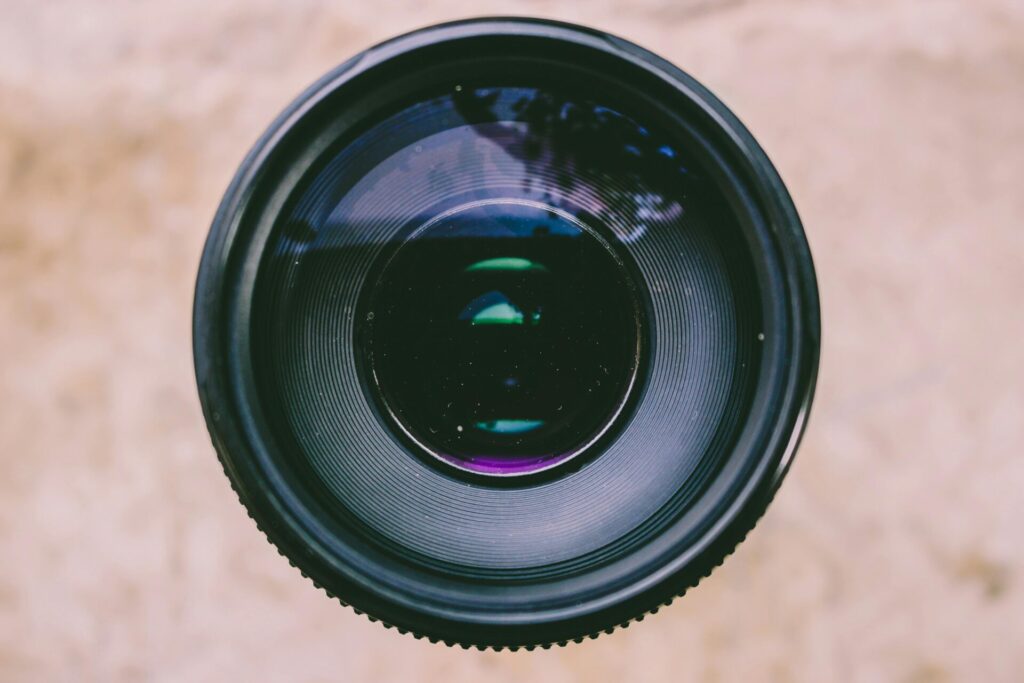
The lens you pick can greatly affect how good your portraits turn out. For beginners, a 50mm prime lens or a zoom lens with a focal length of 70-200mm is an excellent place to start. These lenses let you take different kinds of photos and make the background blurry for a better look.
Lighting
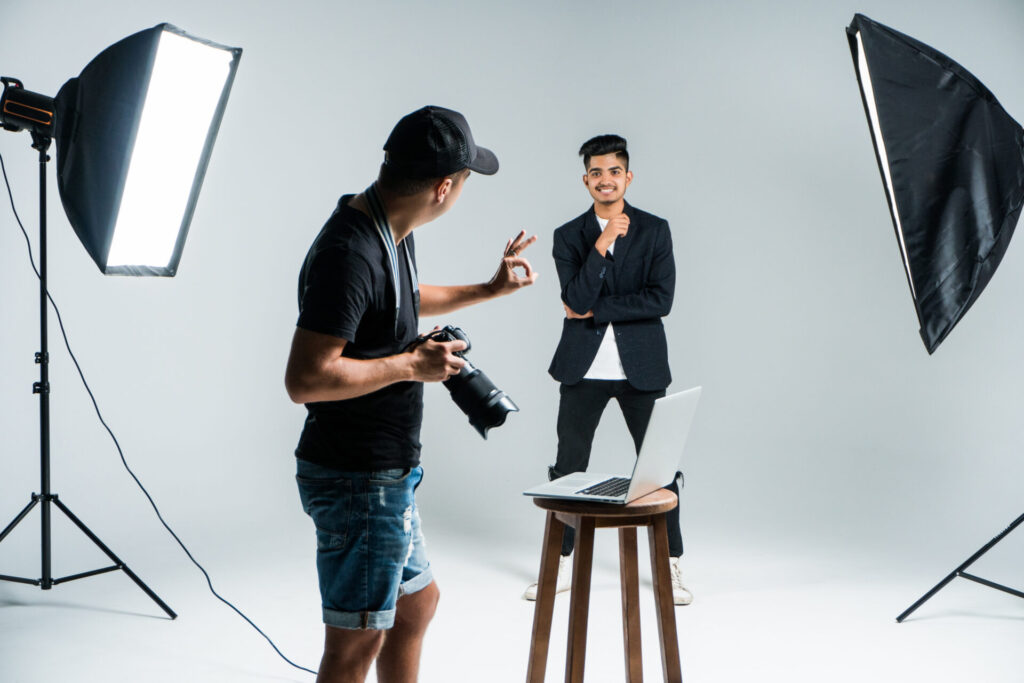
Lighting is crucial in portrait photography. If you’re inside or it’s dark, it’s good to get a flash or lights for better photos.
Tripod
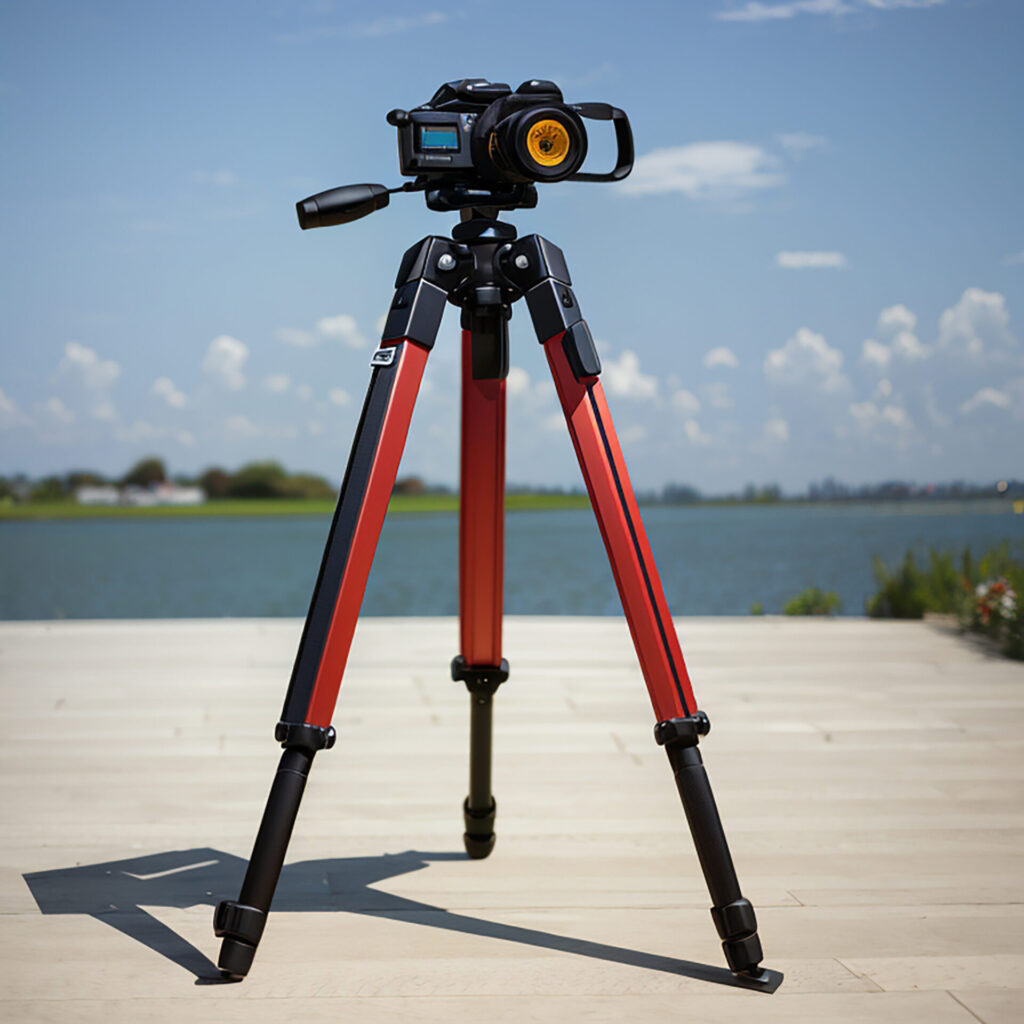
A tripod can help in portrait photography, especially in low lighting or with slow shutter speeds.
Additional Equipment
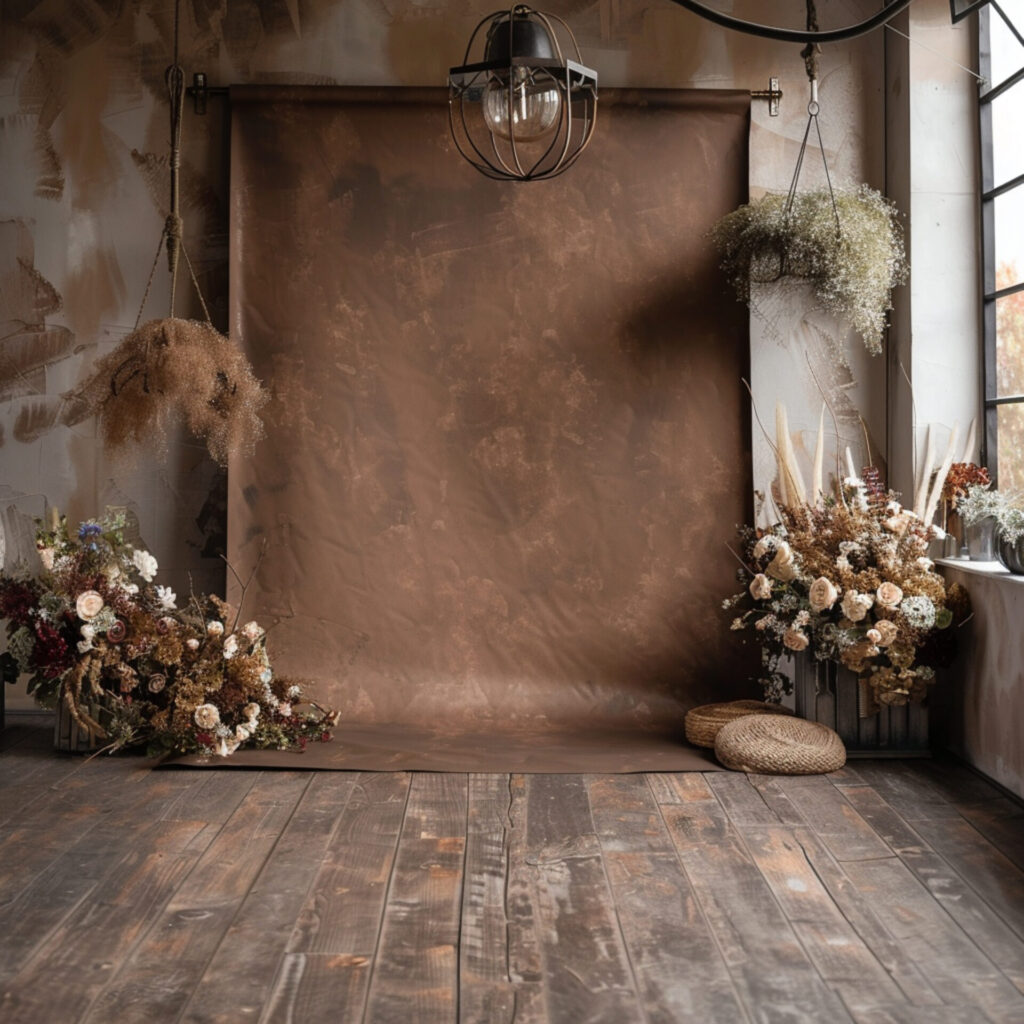
To improve your portrait photos, try using diffusers to soften harsh light, backdrops to change the background, and props for a more fun look. Using different tools helps you think of new ideas and adjust to different situations when taking pictures.
Taking good care of your camera gear is important to make sure you always get great pictures. Don’t forget to clean your camera’s lenses and sensor often. Check for any damage on your gear and update your camera’s firmware for better photos.
Preparing for a Portrait Session
Before jumping into a portrait session, there are a few important steps to take to ensure everything goes smoothly.
Communication with the Model
If you’re working with a model, it’s crucial to communicate with them before the shoot to ensure you’re on the same page. Discuss the theme, location, and any specific poses or looks they would like to try.
Check the Location
If you’re shooting outdoors, it’s essential to scout the location beforehand. Look for areas with good lighting, interesting backgrounds, and plenty of space to move around and get different angles.
Choose Outfits and Accessories
Outfits and accessories can significantly impact the overall look of a portrait. Encourage your model to bring a few options and discuss what will work best with the location and theme.
Plan the Shoot
Creating a mood board and a shot list can help you and your model have a clear vision of the desired outcome. It also ensures you don’t miss any key shots during the session.
Preparing the Model
Discuss with the model about makeup, hair, and any specific preparations they need to make before the shoot. It’s also important to advise on getting a good night’s sleep and staying hydrated for a fresh look.
Setting Expectations
Ensure the model knows how long the shoot will be, how many outfit changes are needed, and the types of photos wanted. Clear expectations can help the session go more smoothly.
Posing Tips for Portrait Photography
Posing is an essential aspect of portrait photography. It’s essential to make your model feel comfortable and at ease to capture natural-looking shots.
Use Natural Poses
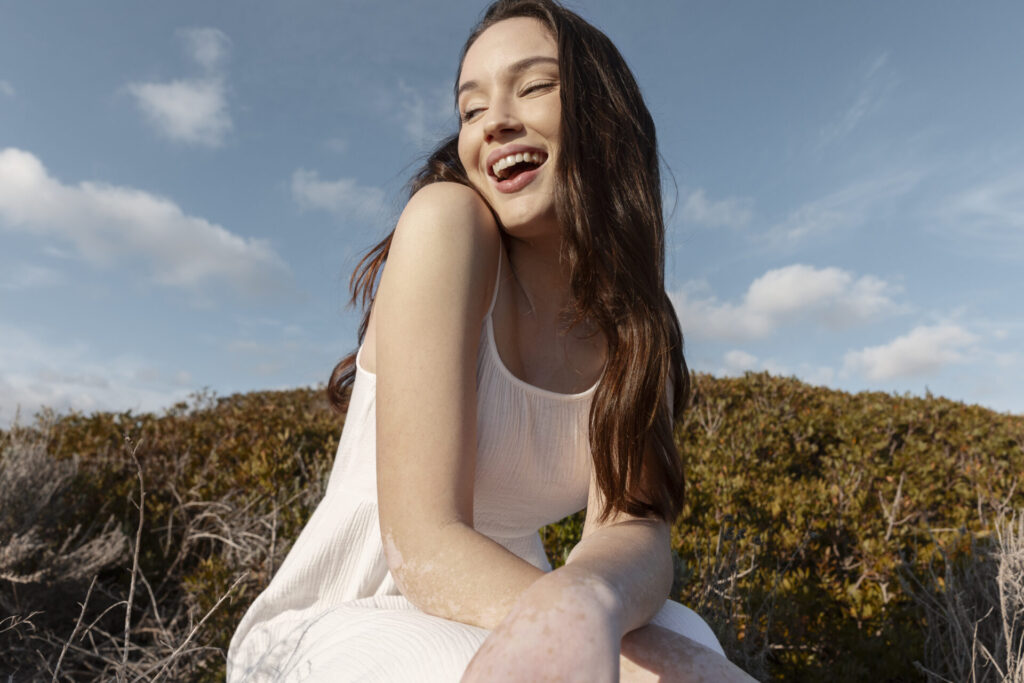
Encourage your model to relax and use natural poses. Avoid stiff, forced poses, and instead, let them move and interact with the environment around them.
Focus on the Eyes
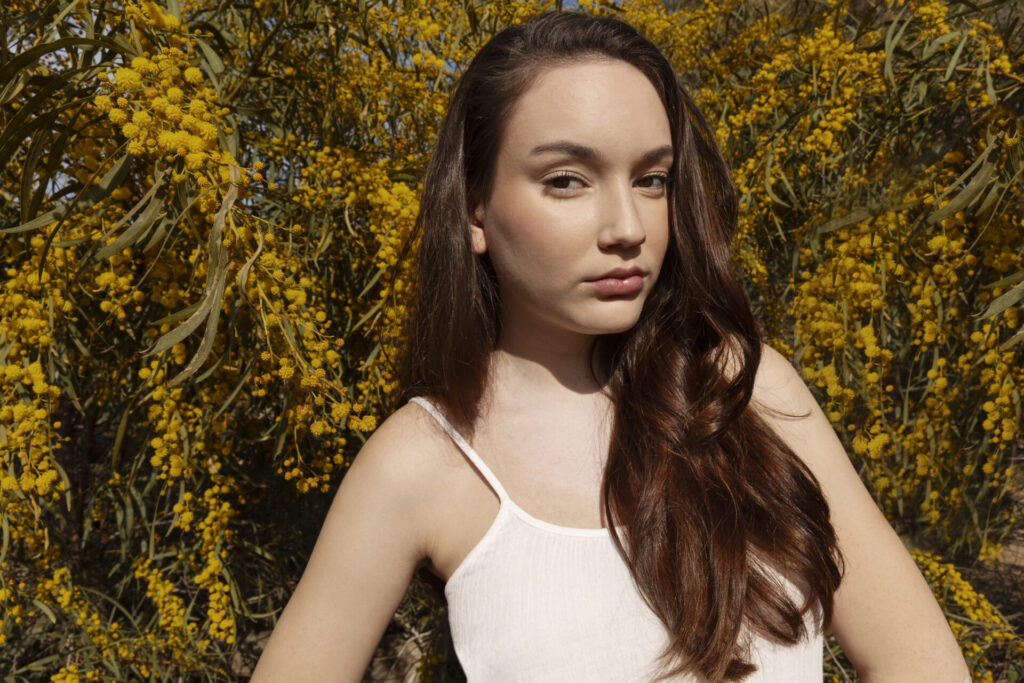
The eyes are the focal point of a portrait, so it’s essential to make sure they are in focus. Encourage your model to look directly at the camera or have them look slightly off to the side for a more natural look.
Experiment with Different Angles
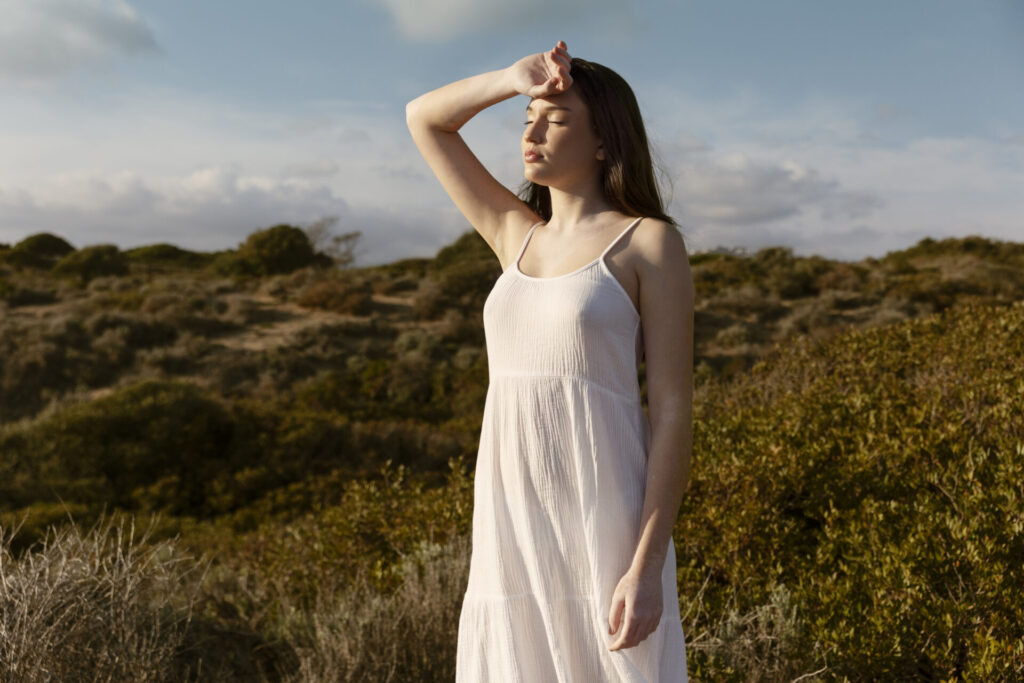
Don’t be afraid to move around and try different angles. Shooting from above or below can create unique and interesting shots.
Guide the Model
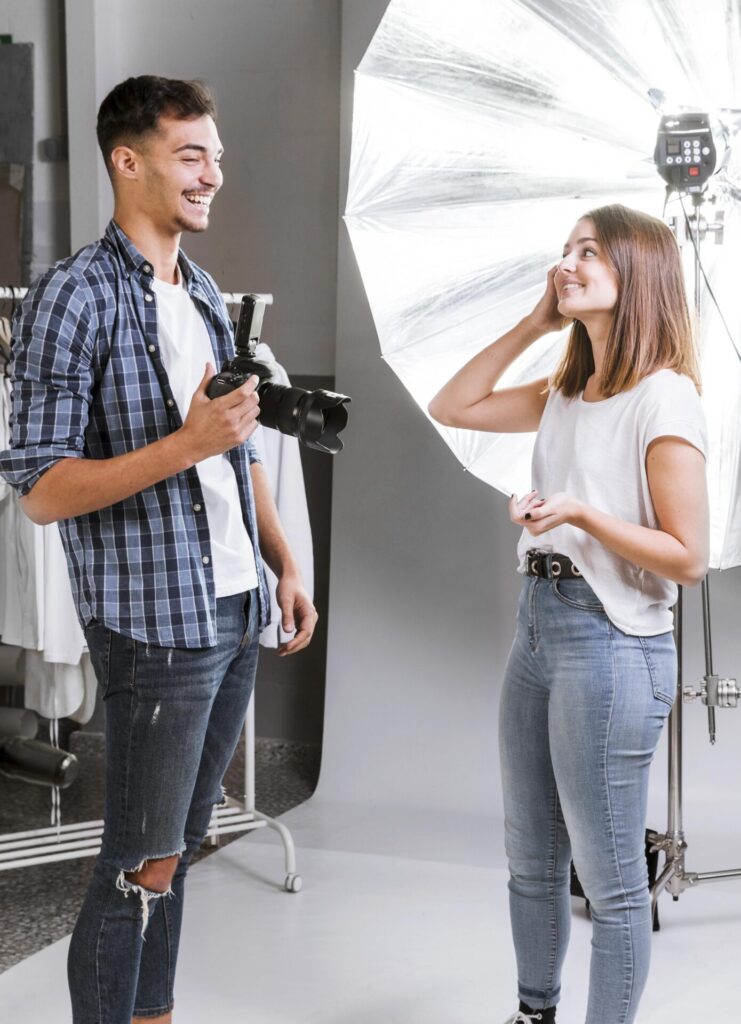
Sometimes models need direction to find a pose that feels natural and looks good. Use what you know about how to take good pictures and how people use their bodies to help them pose in a way that makes them look good and shows the right feelings.
Pay Attention to Body Language
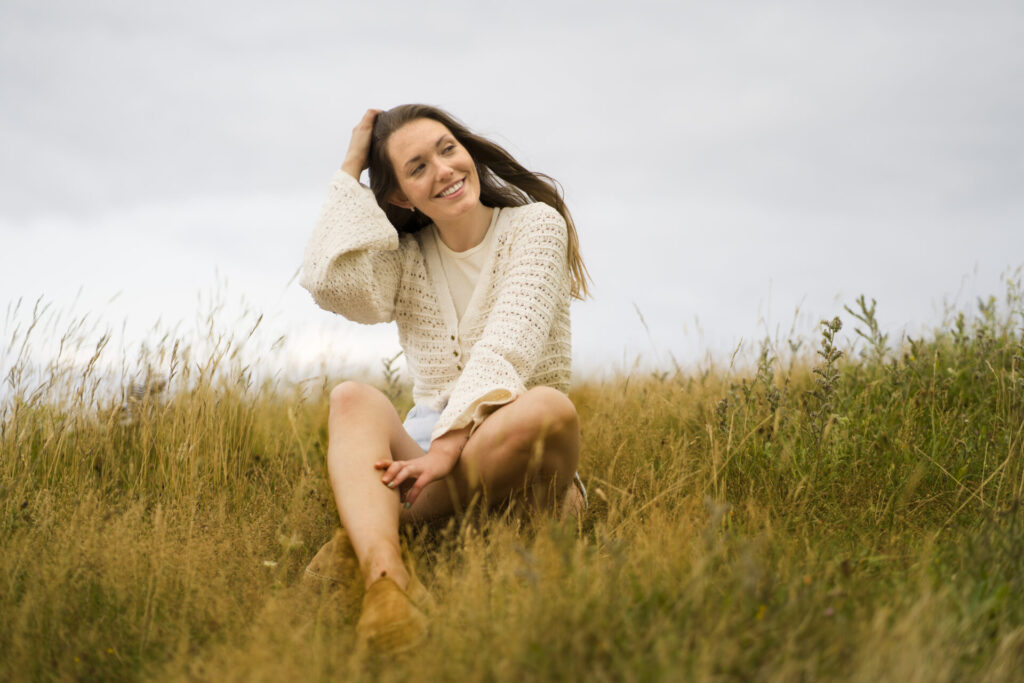
How your hands are placed, your head is turned, and where your eyes are looking all add to the message in your portrait. Be mindful of these details as they can make or break the shot.
Adding movement
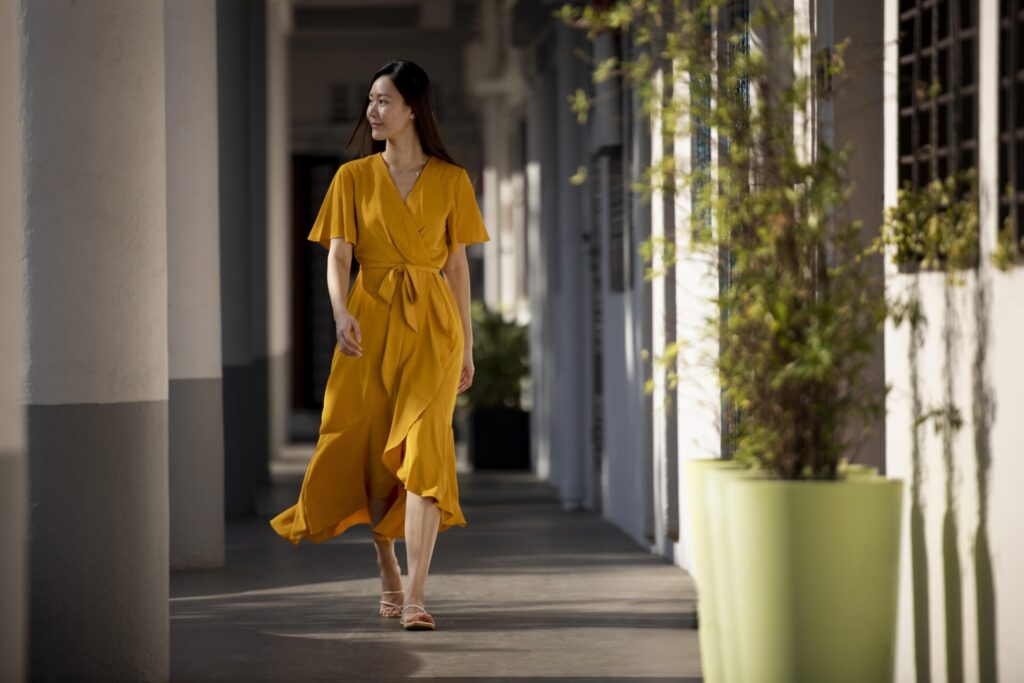
Walking, turning, or adjusting hair, can result in more dynamic and lively portraits. This can also help the model feel calm and make their expressions look more natural.
Editing Your Portrait Photos
Editing is a crucial step in the portrait photography process. It allows you to enhance the mood and create a consistent look across your images.
Adjust Exposure and White Balance
Begin by changing the exposure and white balance settings to make sure your photos look right and have a natural color.
Enhance Skin and Features
Edit software helps make skin look smoother, get rid of blemishes, and improve how eyes and lips look. Be careful not to overdo it, and keep the edits subtle for a natural look.
Add Filters and Presets
Filters and presets can help create a consistent look across your images. Experiment with different styles and find a look that suits your style and the mood of your portraits.
Cropping and Composition
Cropping a photo can make a big difference in how a portrait looks. This tool helps remove distractions, resize images, and highlight parts of a picture. When you crop a photo, follow the rule of thirds and other composition rules.
Color Grading
Color grading is the process of adjusting the color tones in your photographs. This can set the mood, enhance the atmosphere, and help your portraits to stand out. Experiment with different color palettes to find one that complements your subject.
Retouching Best Practices
When retouching portraits, aim for a balance between perfection and preserving the subject’s natural features. Too much editing can make a portrait look weird and not real.
Photographers can save time and focus on their strengths by hiring a photo editing company to edit their photos. Professional editors can help photographers get better-quality photos. This can free up time for photographers to take more photos, improve their business, or have more time for themselves. When you outsource photo editing, you get experts who can make your images look great. They have the skills to make your photos match your vision and meet your standards.
Tips for Different Types of Portraits
Different types of portraits require different approaches. Here are some tips for working with different subjects.
Individual Portraits

When shooting an individual portrait, the focus should be on capturing their personality and unique qualities. Encourage them to relax and have fun, and try different poses and angles to create a variety of shots.
Group Portraits

Group portraits can be challenging as you’re trying to capture multiple people’s personalities in one shot. Understand how the group acts together and help them talk to each other for better, more authentic photos.
Child Portraits
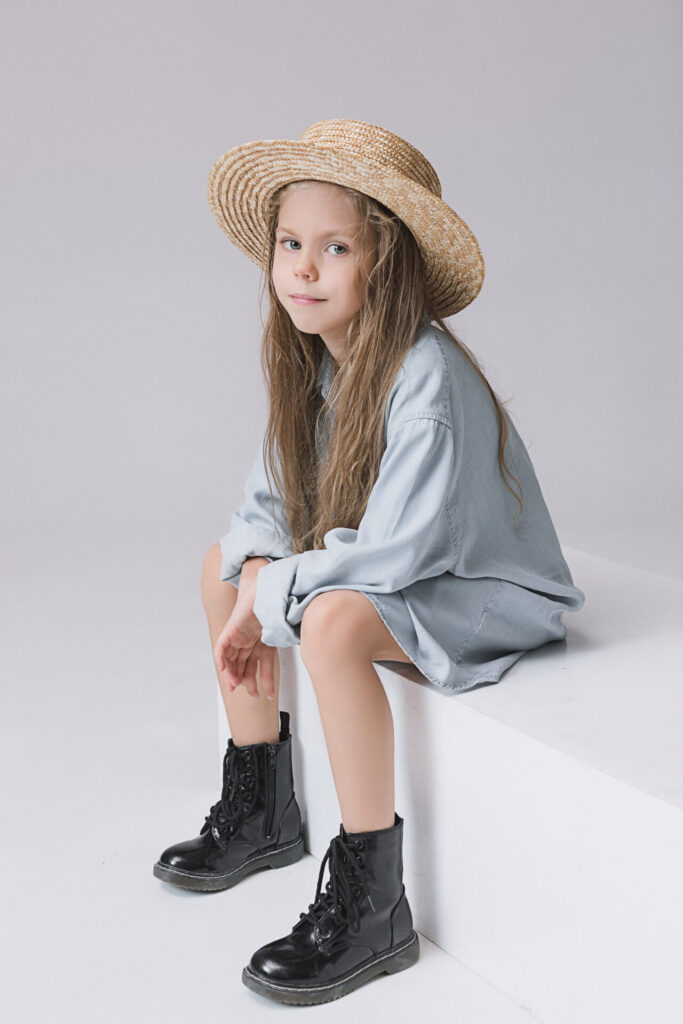
Working with kids can be hard to predict, but it’s essential to be patient and let them be themselves. Let them play and explore, and capture candid shots as they interact with their environment.
Couple Portraits

Couple portraits are all about capturing the connection between two people. Encourage them to interact with each other, and capture natural, candid moments.
Environmental Portraits
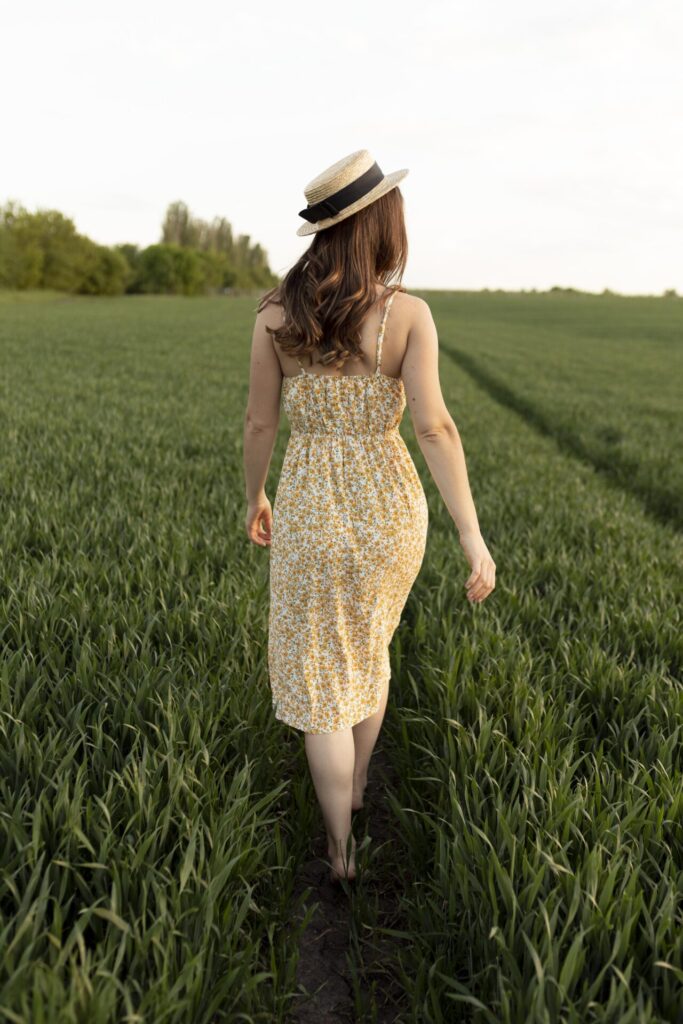
Environmental portraits show the subject in their surroundings to tell a story about them. Look at the things around you that connect to the person you’re painting. Use them to make the portrait more interesting.
Conceptual Portraits
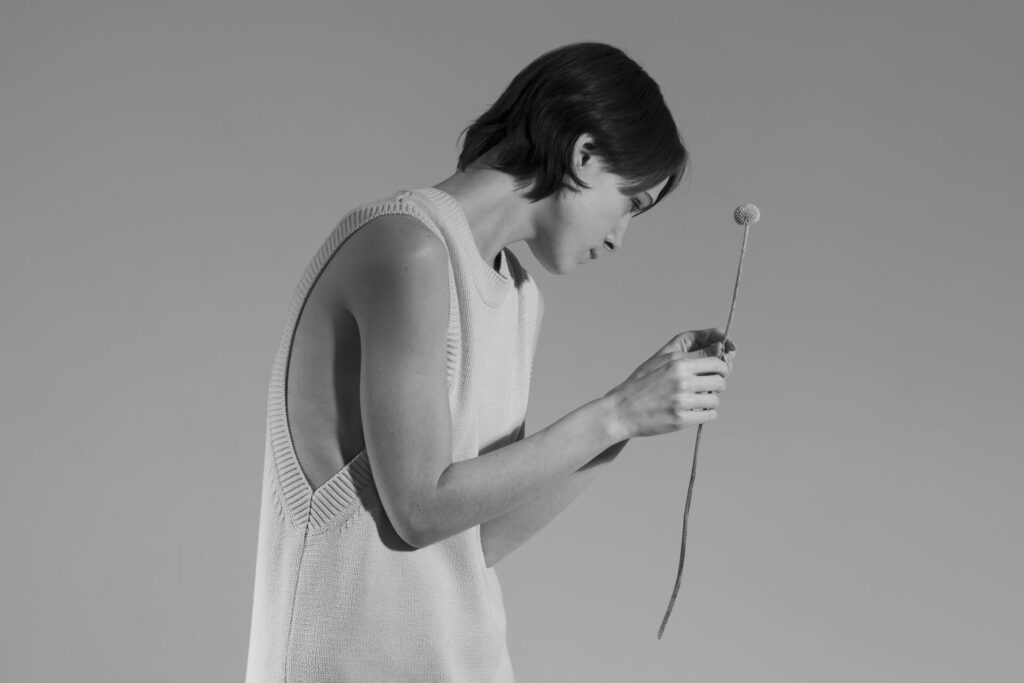
Conceptual portraits are when a photographer plans ahead and creates scenes to show a specific idea or theme. Work closely with your subject to develop a concept that has meaning for both of you.
Corporate and Business Portraits
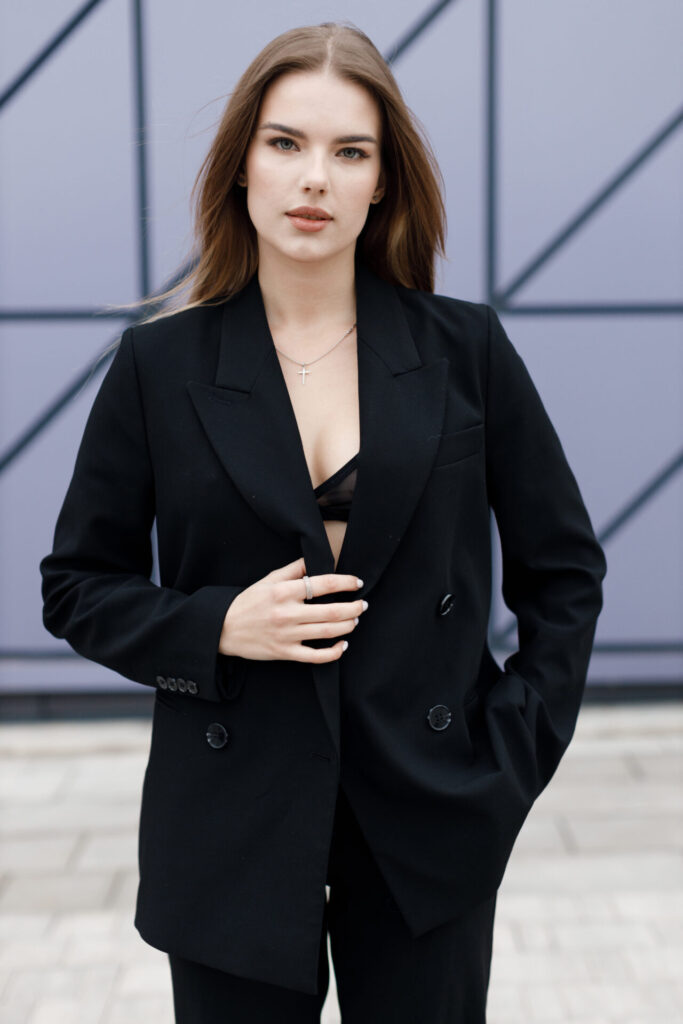
Corporate portraits should show that you are professional and confident. Make sure to think about the clothes, background, and how you stand to make sure the picture looks like the brand it represents.
Conclusion
Portrait photography is an art that requires both technical skills and an eye for capturing emotion and personality. You can take beautiful portraits by using the right equipment, getting ready, and posing well. These portraits can tell a story and bring out emotions.
Remember to have fun and experiment with different techniques to discover your unique style as a portrait photographer.
Read Next: Ultimate Guide to Portrait Photo Retouching

